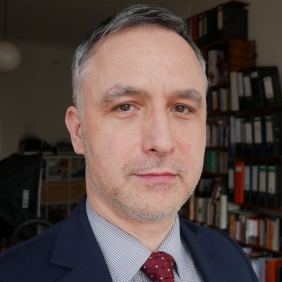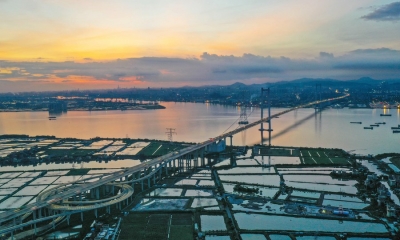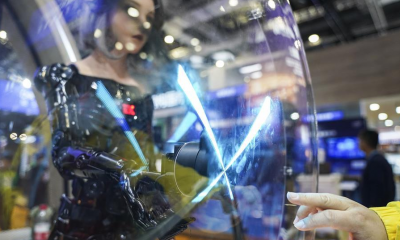A Milestone on the Road to Chinese Modernization
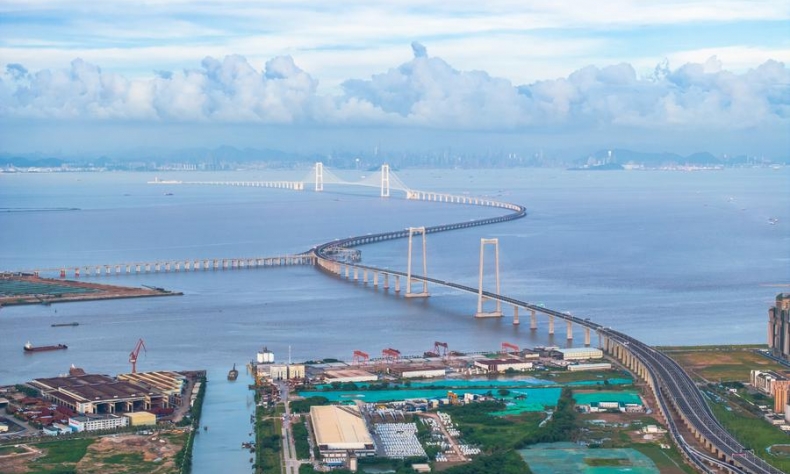
Both the plenary session resolution and the statements made at the press conference are enormously significant. They are a benchmark for global confidence in China’s future path.
The Communist Party of China (CPC) holds its National Congress every five years. The CPC Central Committee, the highest body of the party convenes up to seven plenary sessions between congresses. The third plenum traditionally deals with economic issues.
The Third Plenary Session of the 20th Central Committee of the CPC just concluded in Beijing last week. The special weight and international attention given to the third plenum stems from the fact that it has ushered in hugely ground-breaking changes in China’s economy and society.
Most notably, the decision in December 1978 introduced the reform and opening-up policy, which allowed foreign companies to operate in China. The third plenary sessions in 1993 and 2013 are also considered milestones on the road to a Chinese-style market economy. Institutional reform and the formulation of landmark decisions have since been closely linked to this event. Expectations for last week’s meeting were accordingly high.
The CPC Central Committee’s four-day deliberations were held in a closed session. The meeting was attended by 199 members and 165 alternate members of the Central Committee of the Communist Party of China. The results were published on July 18 in the form of a communiqué summarizing the content of the discussion. On the other hand, a resolution of the third plenary session was announced on July 21, in which detailed information can be found. In addition, a traditionally large press conference was held in the meantime, which was primarily aimed at journalists and experts from all over the world and is therefore more closely associated with the foreign business world.
The communiqué focuses on creating high-quality mechanisms for China’s continued economic development and comprehensive reform in pursuit of China’s national rejuvenation. It builds on many previous long-term reform plans but emphasizes the importance of new scientific and technological revolutions and industrial transformation. It highlights the improvement of the quality of life of the Chinese people, the greater integration of rural and urban communities, the greater involvement of the public in the overall process of people’s democracy, and their participation in creating a beautiful China through modern upgrading. The resolution document states that income distribution, employment, social security systems and public services of general interest should be optimized by “improving people’s quality of life”. By placing greater emphasis on the environment and ecology, a “harmonious coexistence of people and nature” should also be realized.
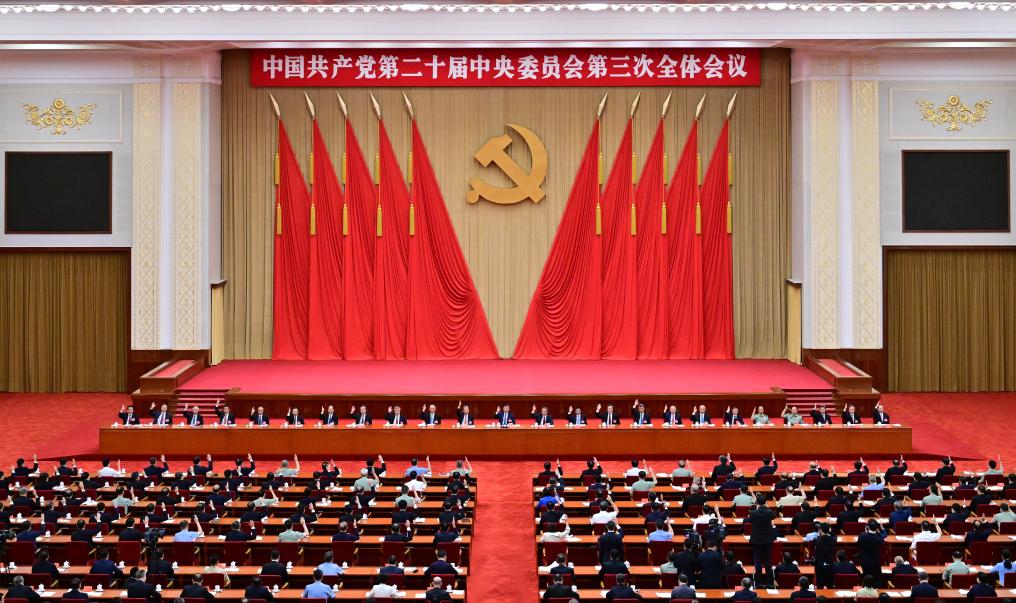
At the international press conference, the gathered community was assured that China is in no way closing itself off from the world. This is despite the fact that the global environment has become much more difficult for China in the face of unilateral hostilities and rivalries from the West, and in particular from the United States. Nevertheless, China is sticking to its decision, for example, to extend the 15-day visa-free entry for tourists from 15 countries and the six-day visa-free stopover to 37 entry points.
More than 300 reform measures have been announced to further promote China’s modernization. Investment in both directions (inbound and outbound) will also be simplified through a better management system. The figures presented were mixed. On the positive side, almost 27,000 new companies were set up involving foreign capital in the first half of this year.
One challenge, however, is that foreign direct investment has fallen by 29 percent during the first half of 2024, compared to the same period of the previous year. Efforts are being made to improve the business environment and market opportunities in order to create stable conditions for foreign companies in the long term. This applies, for example, to telecommunications, education, culture, health and internet services. Equal access to resources, licenses and the protection of intellectual property will also be improved.
The epochal milestones of the reform and opening-up process of the past will be significantly accelerated with the current resolution of the third plenary session and important programmatic points will be specifically addressed. The aim is to align with international economic and trade rules, industrial subsidies, labor protection and public procurement, e-commerce and the financial sector. The aim is to expand openness and “open up markets such as our goods, services, capital and labor markets in an orderly manner and even more strongly to the outside world”. To this end, an “even larger global network of free trade areas” is to be created. The expansion of “international logistics hubs and distribution centers” is also being driven forward.
Both the plenary session resolution and the statements made at the press conference are enormously significant. They are a benchmark for global confidence in China’s future path. This applies both to the next five years leading up to the 80th anniversary of the founding of the People’s Republic of China, to the medium-term goal of creating a socialist market economy with moderate prosperity, and to the long-term goal of having created, by 2049, a socialist state that is advanced in all respects and, in turn, engages in the most beneficial exchanges with the world. The negative headlines in the West, which must be read mainly as propagandistic defamation, play a regrettable role here. Without going into too much detail, it can be said that they feed into the decades-old narrative that China’s economy will eventually fail because of supposed internal contradictions. But the real problem in the world is the systemic decline of Western neoliberalism, with its damaging sanctions, decoupling, disinformation and militarism. This makes it all the more important to get to know China through first-hand information and personal experience.
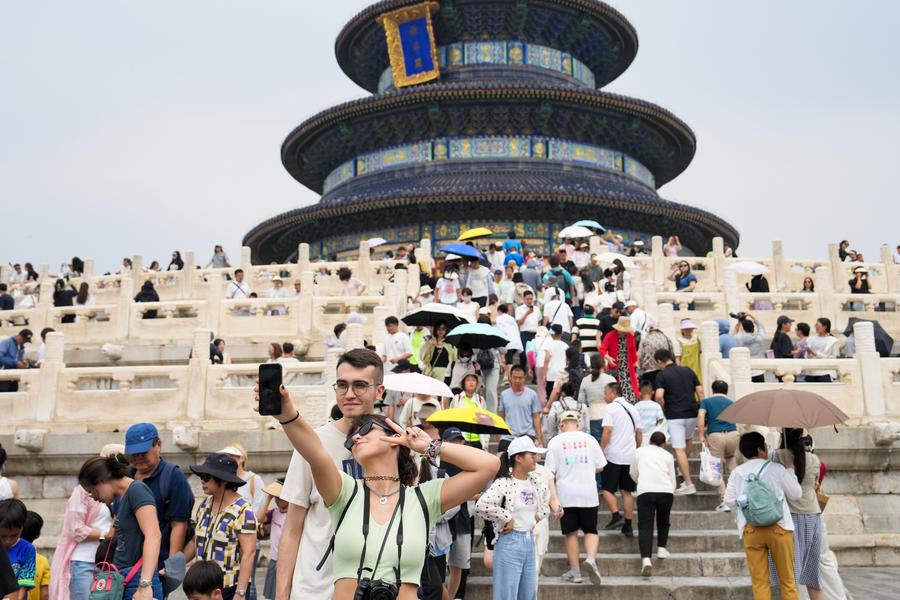
The third plenum brings into the discussion of the most important driver of progress and innovation, the “innovation and creativity of the whole nation in the cultural sector”, as the resolution states. So, when outsiders in the West hear about a Chinese-style socialist market economy, it is a crucial mistake to believe that China will eventually conform to Western liberalism in all areas. Yes, modern market elements are an important part of the picture, because the internal forces of economic activity are of great benefit to any society, especially when it comes to international exchange. This perfectly keeps with the tradition of Chinese civilization, which has been shaped over the centuries not only by exchanges between the various groups on the Eurasian continent – think of the Silk Road – but also by maritime exchanges with the civilizations of Asia and Africa, something that runs through China’s entire history.
The third plenary session established creativity in the sense of scientific activity as a key element for technological breakthroughs. Education, financial sector, state institutions and domestic and foreign policy decisions are all to be geared towards this. The aim is to create a “high-quality productive workforce”. The cutting-edge technologies and the workforce that will shape the coming decades. Today we may be thinking of super-fast transport systems, the development of new energy systems and sources of raw materials, for example from the Moon. We may also be thinking about artificial intelligence, quantum computing, robotics and autonomous mobility. But the big question is: what are we not thinking about today? What are the physical and cultural breakthroughs that will ensure peace, stability and prosperity not only for Chinese society, but for the global community as a whole? The solution lies in aligning the interests of humanity with considerations at the national level.
The plenary session’s resolution puts it this way: “In diplomatic work, China remains firm in pursuing an independent foreign policy of peace and is dedicated to promoting a human community with a shared future. We will stay committed to the common values of all humanity, pursue the Global Development Initiative, the Global Security Initiative, and the Global Civilization Initiative, and call for an equal and orderly multipolar world and universally beneficial and inclusive economic globalization.”
The CPC’s recent Third Plenary Session demonstrated a conscious effort to spearhead global civilizational progress. China is assuming a pioneering role in shaping a new development architecture and fostering constructive dialogue between cultures.
The article reflects the author’s opinions, and not necessarily the views of China Focus.
 Facebook
Facebook
 Twitter
Twitter
 Linkedin
Linkedin
 Google +
Google +



